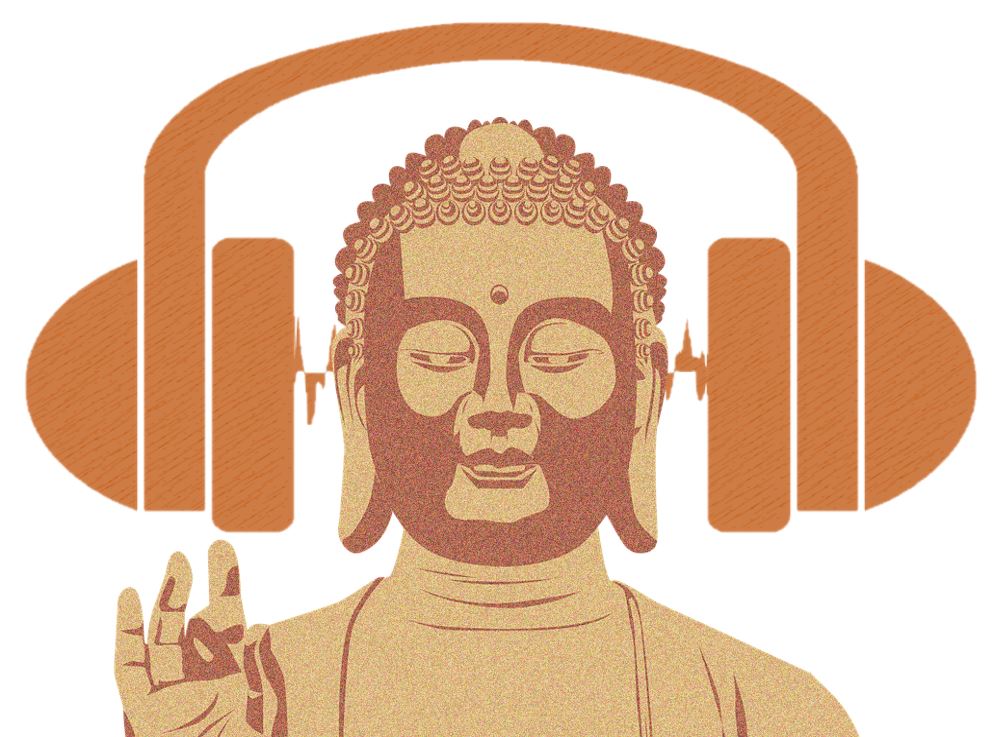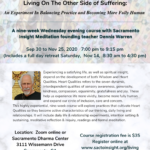Generosity – What Is So Badly Needed at This Moment

It is reported that the Historical Buddha, when speaking to community groups and practitioners, would always begin his talks with a discussion of the meaning and importance of generosity. This is because the Buddha considered generosity the pathway to compassion, wisdom and ethical conduct.
This evening with be an exploration and discussion of this quality of mind and heart which seems so badly needed at this particular moment in our country’s history.
This will include an examination of the meaning of generosity; a practical model for evaluating the role generosity plays in our individual lives; and realistic ways to experiment with bringing more of it into our lives, relationships and our engagement with social, economic, cultural and political issues.
Here’s the flyer to a 9-week course that Dennis Warren will be teaching, Living on the Other Side of Suffering – An Experiment in Opening the Heart and Becoming More Fully Human.
(Click image to expand)

